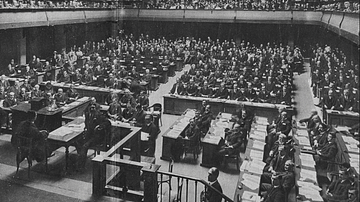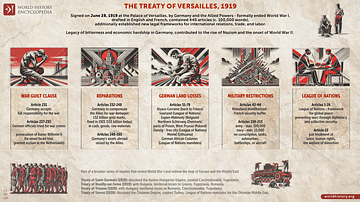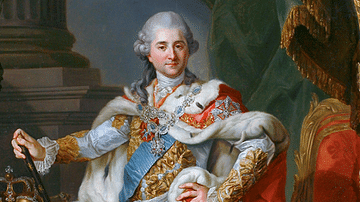Illustration
This map illustrates the situation in Europe in November 1920 in the aftermath of First World War (1914-18), as the continent was reshaped by the Treaty of Versailles (1919) and the Treaty of Sèvres (1920). The German Empire had collapsed, with Germany forced to cede territories, pay reparations, and accept military restrictions. New states like Poland, Czechoslovakia, and Yugoslavia emerged from the former Austro-Hungarian Empire. The Ottoman Empire was dismantled under the Treaty of Sèvres, losing vast territories in the Middle East and Europe, with Turkey reduced to Anatolia and Istanbul. Under the League of Nations’ mandate system, France and Britain gained control over former Ottoman territories, particularly in the Middle East. Having undergone the Bolshevik Revolution, the Russian Empire was in civil war, while Italy and other countries experienced internal unrest due to unfulfilled wartime promises. Europe’s political landscape was fragile, marked by territorial adjustments, nationalist movements, and widespread economic instability.
About the Author
Cite This Work
APA Style
Netchev, S. (2024, September 23). Europe after The Treaty of Versailles. World History Encyclopedia. Retrieved from https://www.worldhistory.org/image/19479/europe-after-the-treaty-of-versailles/
Chicago Style
Netchev, Simeon. "Europe after The Treaty of Versailles." World History Encyclopedia. Last modified September 23, 2024. https://www.worldhistory.org/image/19479/europe-after-the-treaty-of-versailles/.
MLA Style
Netchev, Simeon. "Europe after The Treaty of Versailles." World History Encyclopedia. World History Encyclopedia, 23 Sep 2024. Web. 16 Apr 2025.








